Author: Tim Street
By Tim Street
Manufacturing enterprises across the UK and beyond are facing an architectural reckoning. As we enter 2026, the convergence of B2B and D2C channel pressures, legacy system constraints, and accelerating digital transformation demands has created an unmistakable imperative: replatform for composability or risk competitive obsolescence.
The statistics tell a compelling story. 72.6% of organisations have already deployed AI within their operations, whilst 82% of manufacturing executives view AI as a core growth driver. Yet many manufacturers remain constrained by monolithic ERP, PIM, and OMS systems that were never designed for today's omnichannel, data-intensive, real-time operational requirements.
For CTOs, CEOs, and IT Directors planning their 2025-2026 budgets, the question isn't whether to embrace composable architecture: it's how quickly you can execute the transition whilst maintaining operational continuity.
The Composability Imperative: Why Now?
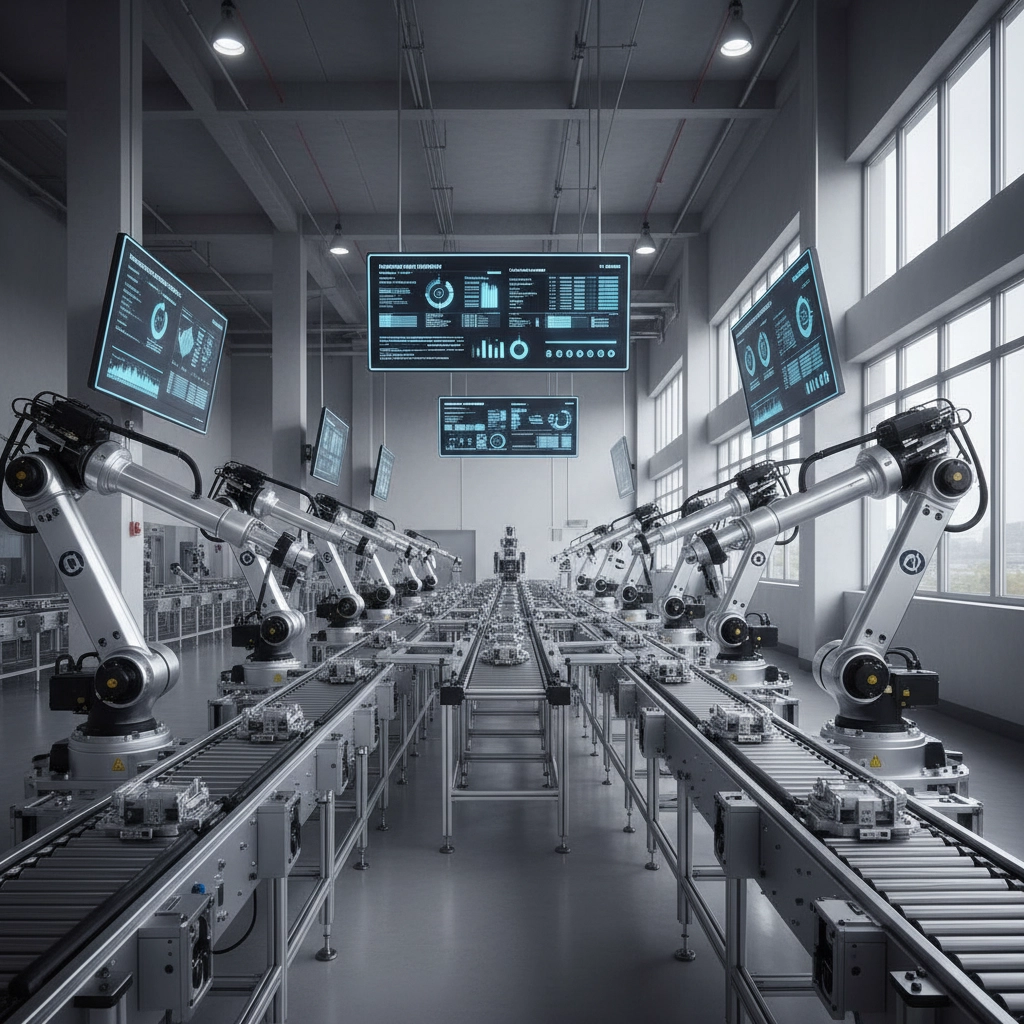
Manufacturing's digital transformation has reached an inflection point. By 2026, 70% of enterprises will adopt composable technologies rather than relying on monolithic suites, according to Gartner research. This isn't gradual evolution: it's wholesale industry replatforming driven by four critical business pressures.
Channel Complexity has fundamentally altered manufacturing operations. Today's manufacturers must serve B2B distributors, direct enterprise customers, and increasingly sophisticated D2C channels simultaneously. Legacy systems designed for single-channel operations cannot deliver the personalised experiences, real-time inventory visibility, and dynamic pricing that modern buyers demand across all touchpoints.
Supply Chain Volatility requires unprecedented agility. With 74% of executives reshoring or planning to reshore operations, manufacturers need systems that can rapidly reconfigure workflows, supplier relationships, and production schedules. Monolithic platforms requiring extensive customisation for each change become prohibitively expensive and slow.
Data Intelligence Demands have transformed ERP from transactional backend to strategic intelligence layer. Modern manufacturing requires predictive analytics, autonomous decision-making, and real-time visibility. Traditional systems designed for historical transaction recording cannot deliver the insights required for competitive advantage.
Competitive Velocity has accelerated dramatically. Enterprises embracing business composability could improve the speed of digital innovation by 60% by 2026. When competitors can pivot faster, launch products quicker, and respond to market changes in real-time, architectural flexibility becomes the new currency of competitive advantage.
Why Monolithic E-commerce Platforms Fall Short
Traditional manufacturing IT architectures face fundamental limitations that cannot be resolved through customisation or integration patches. These systems were built for stability and control, not adaptability and speed.
Rigid Integration Models create bottlenecks when manufacturers need to connect new channels, payment providers, or logistics partners. Every integration requires extensive development, testing, and deployment cycles that can take months to complete.
Scaling Constraints become apparent when seasonal demand fluctuations or market expansion requires rapid capacity adjustments. Monolithic systems scale vertically (bigger servers) rather than horizontally (more components), creating cost inefficiencies and performance limitations.
Innovation Barriers emerge when manufacturers want to implement AI-driven personalisation, predictive maintenance, or dynamic inventory optimisation. These capabilities require flexible data architectures and modular functionality that legacy systems simply cannot provide.
Technical Debt Accumulation compounds over time as customisations, workarounds, and patches create increasingly complex and fragile systems. Eventually, the cost of maintaining these systems exceeds the cost of replacement.
Budget Planning Cycle Urgency: The 2026 Window
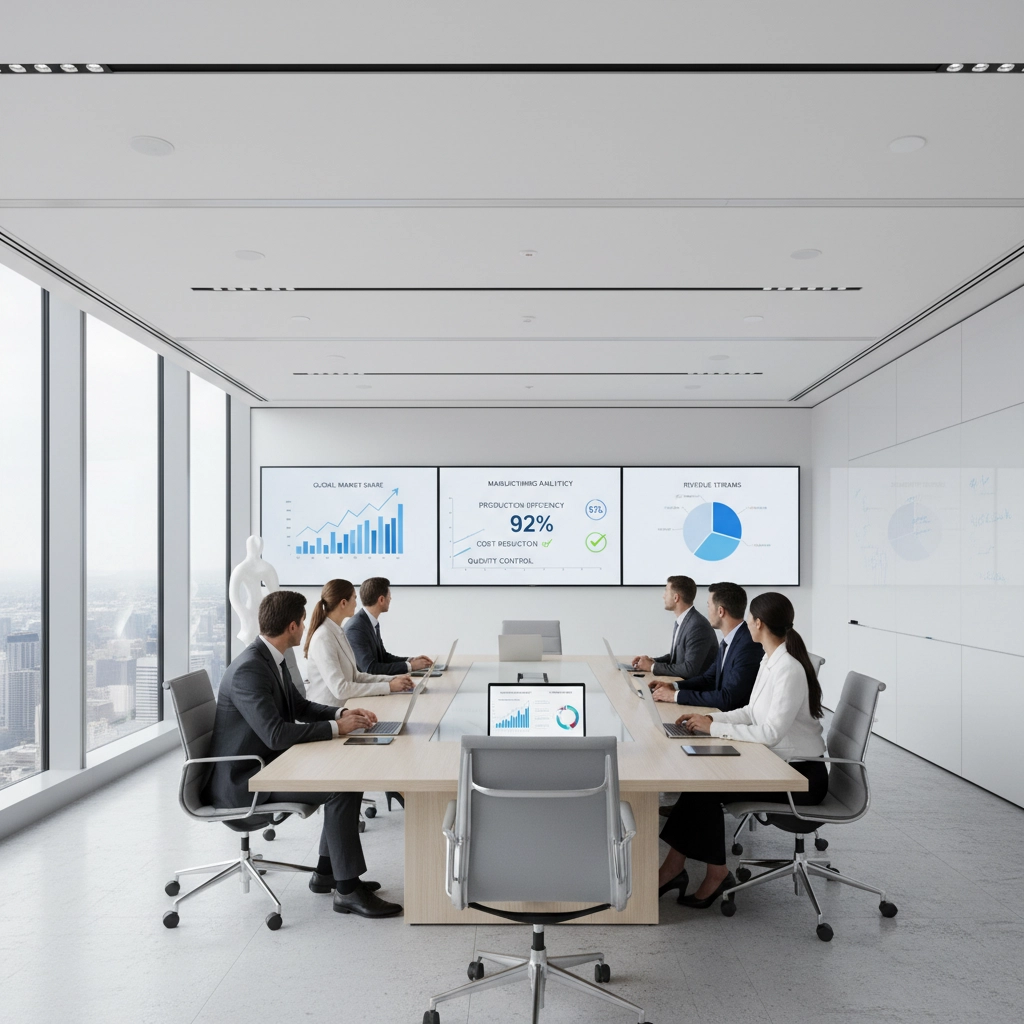
For manufacturing leaders finalising 2025-2026 technology investments, timing has become critical. Several factors create a compelling business case for immediate action rather than gradual migration.
ROI Acceleration becomes measurable within 12-18 months of composable architecture implementation. Manufacturers report operational efficiency improvements of 2x and the ability to launch new products 60% faster compared to legacy system constraints.
Risk Mitigation through architectural modernisation protects against competitive displacement. As more manufacturers adopt composable systems, those remaining on monolithic platforms face increasing disadvantages in speed, flexibility, and customer experience delivery.
Talent Acquisition and Retention benefits significantly from modern technology stacks. Engineering teams prefer working with composable architectures, APIs, and cloud-native systems rather than legacy platforms requiring specialised, outdated skills.
Regulatory Compliance becomes more manageable with modular systems that can adapt to changing requirements without wholesale reconfiguration. This is particularly relevant for manufacturers operating across multiple jurisdictions with evolving data protection and industry-specific regulations.
The Composable Manufacturing Architecture
Successful composable manufacturing architectures are built on four foundational principles that address specific operational requirements.
Modularity enables manufacturers to swap components without disrupting entire systems. When a new logistics provider offers better rates or service levels, composable architectures allow seamless integration without months-long implementation projects.
Autonomy allows each system component to operate and update independently. This means your inventory management system can evolve without affecting production planning, whilst customer experience layers can be enhanced without touching core ERP functionality.
Orchestration connects disparate systems through standardised APIs and data models. This creates seamless information flow between production, logistics, customer service, and financial systems whilst maintaining operational visibility.
Discoverability provides the ability to quickly identify and deploy new capabilities from an ecosystem of compatible solutions. As business requirements evolve, manufacturers can rapidly evaluate and implement new functionality.
Manufacturing-Specific Benefits
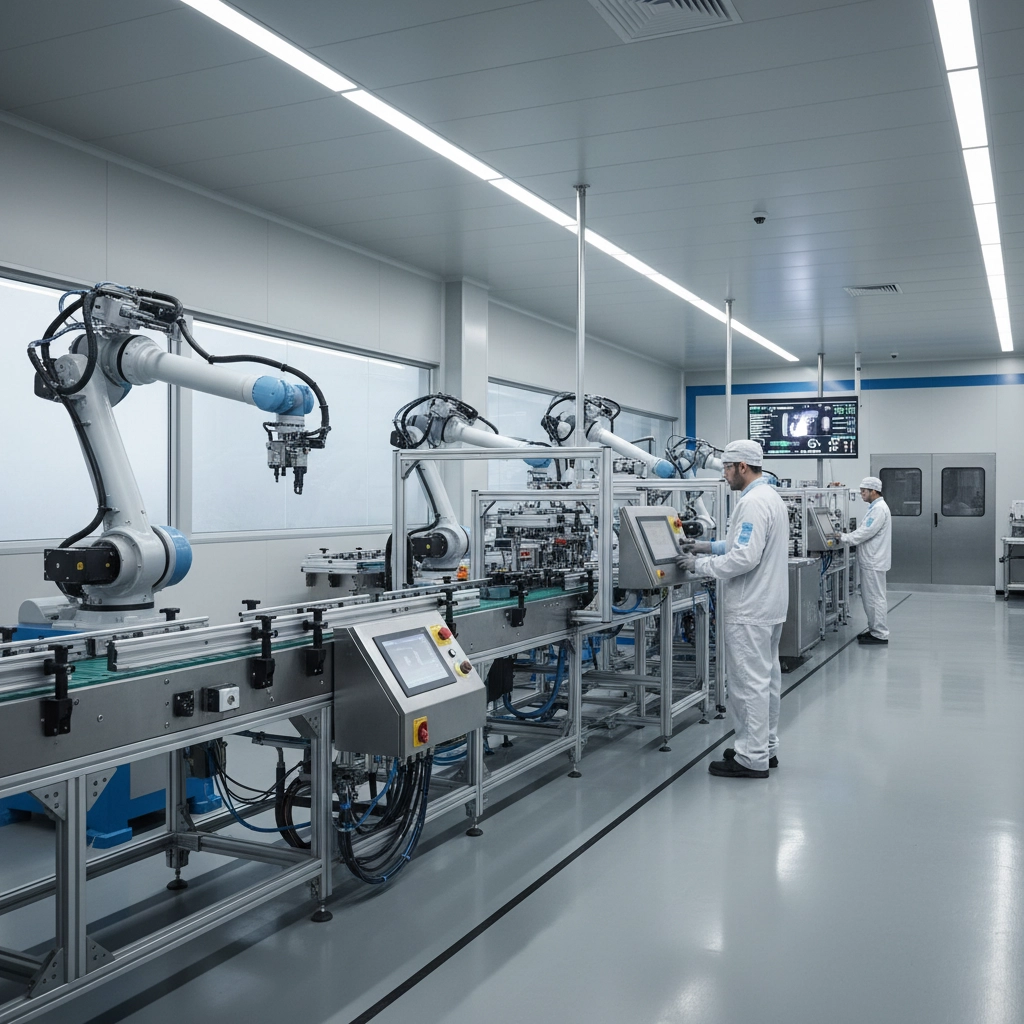
Composable architecture delivers tangible operational advantages that extend beyond theoretical flexibility, addressing the unique challenges manufacturing enterprises face.
Production Flexibility enables rapid reconfiguration when customer specifications change, new regulatory requirements emerge, or supply chain disruptions demand alternative sourcing strategies. Manufacturers can adjust workflows, routing, and quality control processes without extensive system reconfiguration.
Channel Optimisation allows simultaneous management of B2B distributors requiring complex pricing structures, enterprise customers demanding detailed specifications and compliance documentation, and D2C channels expecting consumer-grade experiences and instant gratification.
Predictive Maintenance Integration becomes seamless when IoT sensors, analytics engines, and workflow management systems can communicate through standardised interfaces. This reduces unplanned downtime, optimises maintenance schedules, and extends equipment lifecycles.
Quality Control Enhancement through real-time data integration enables immediate response to production variations, automatic adjustment of process parameters, and comprehensive traceability across all production stages.
Sustainability Reporting capabilities can be rapidly deployed to meet evolving ESG requirements without disrupting core operations. As environmental regulations become more stringent, modular systems adapt quickly to new compliance demands.
Implementation Strategy for Manufacturing Leaders
Successful composable transformation requires strategic planning rather than wholesale replacement. Leading manufacturers adopt a phased approach that maintains operational continuity whilst building future capability.
Assessment and Planning begins with identifying which existing systems create operational bottlenecks and limit growth opportunities. This analysis should prioritise customer-facing capabilities, data integration requirements, and scalability constraints.
Pilot Implementation focuses on specific use cases that deliver immediate value whilst proving architectural concepts. Many manufacturers begin with customer experience layers, order management, or inventory visibility components.
Gradual Migration allows proven modules to replace legacy functionality systematically. This approach minimises disruption whilst building organisational confidence in composable architecture benefits.
Capability Expansion accelerates as teams gain experience with modular systems. Advanced capabilities like AI-driven demand forecasting, automated supplier management, and dynamic pricing can be introduced progressively.
The Strategic Advantage
Manufacturing enterprises that embrace composable architecture gain sustainable competitive advantages that compound over time. System agility enables rapid response to market changes, customer demands, and operational challenges. Innovation velocity accelerates through easier integration of emerging technologies and partnership opportunities.
Cost optimisation results from eliminating redundant systems, reducing custom development requirements, and leveraging best-of-breed solutions for specific functions. Risk reduction through architectural resilience ensures business continuity even when individual components require updates or replacement.
The manufacturers succeeding in 2026 and beyond recognise that architectural flexibility has become essential for competitive survival. Those continuing to operate on inflexible, monolithic platforms will find themselves increasingly unable to match the velocity, agility, and customer experience delivery of composable competitors.
The window for proactive transformation remains open, but competitive pressures and technological advancement continue accelerating. For manufacturing leaders planning their technology investments, composable architecture represents not just an upgrade opportunity; it's a strategic imperative for sustainable growth and competitive advantage.
Get in touch – Tim Street
Commercial Director
UK: +44 (0)203 959 7423
US: +1 (315) 871 5720
Book a meeting – https://meetings.hubspot.com/tim-street6
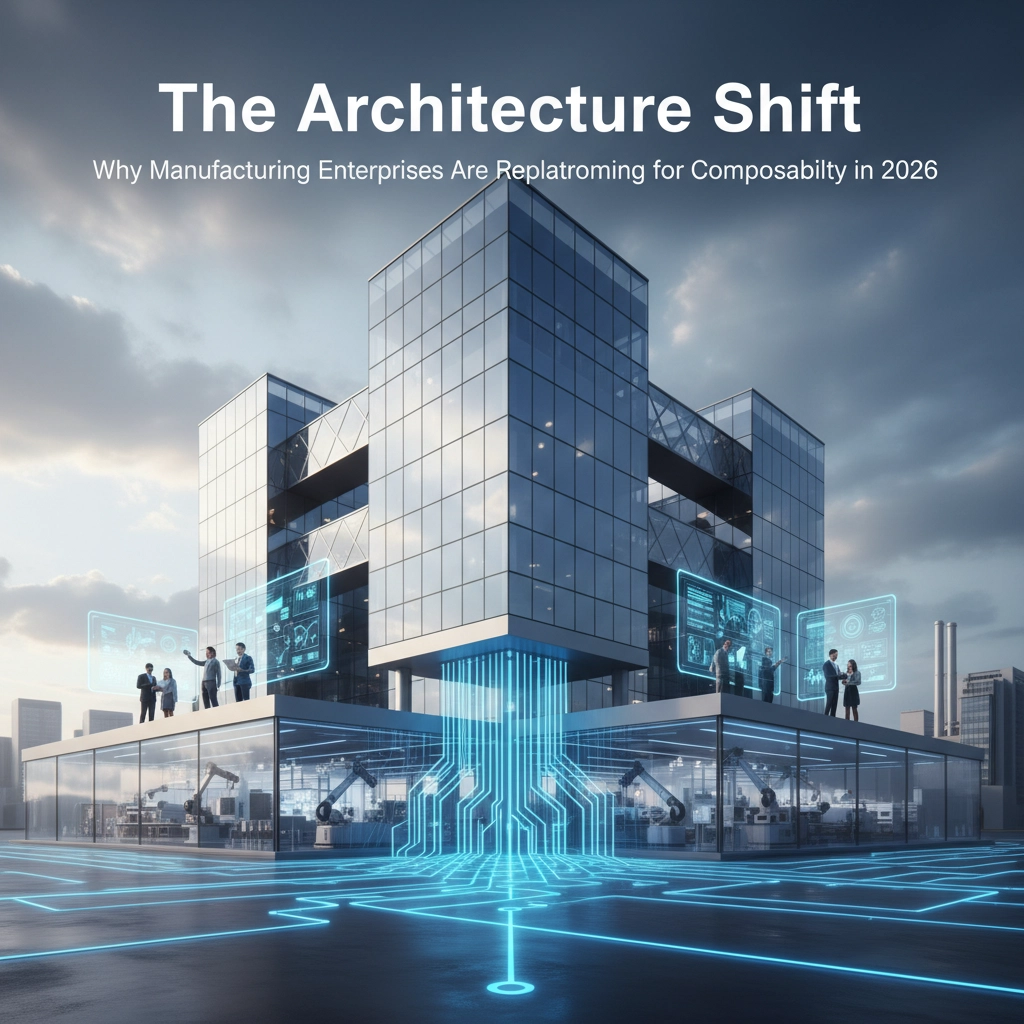


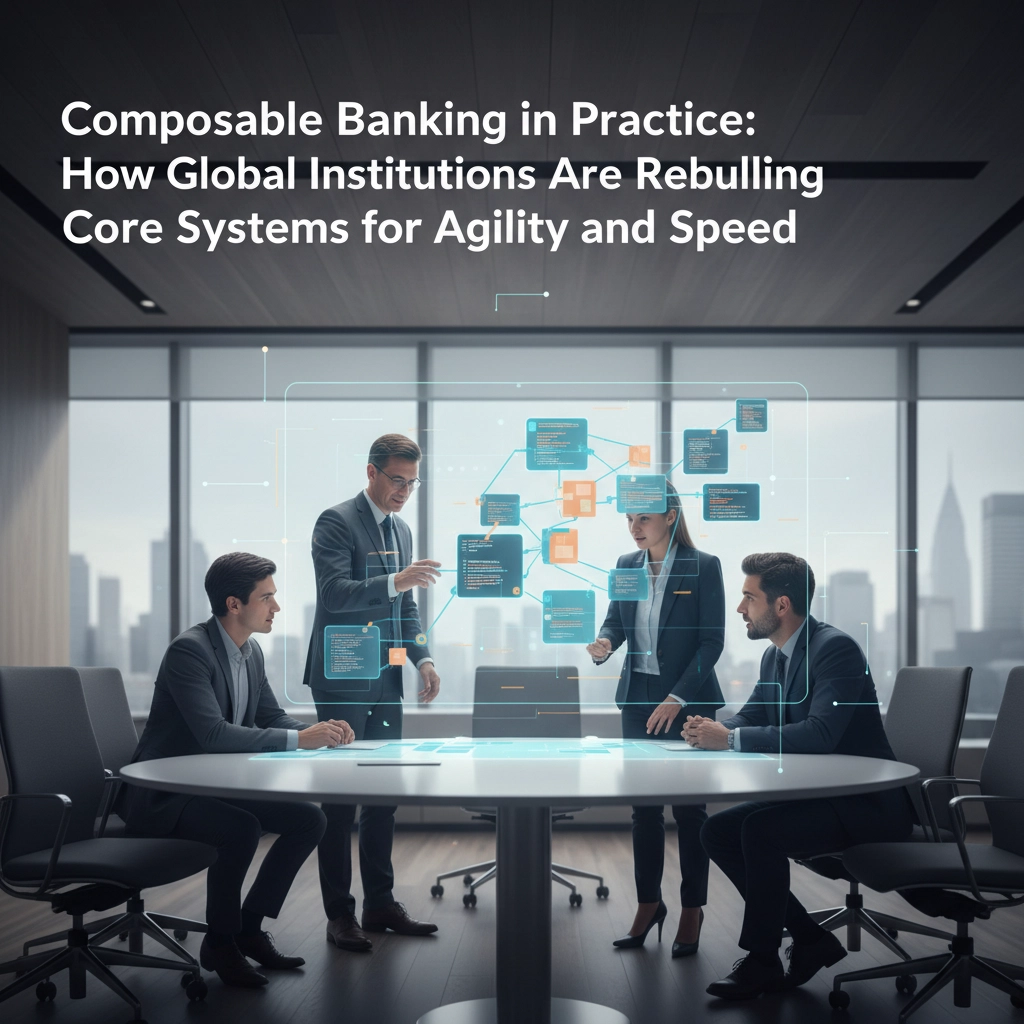
Leave a comment: